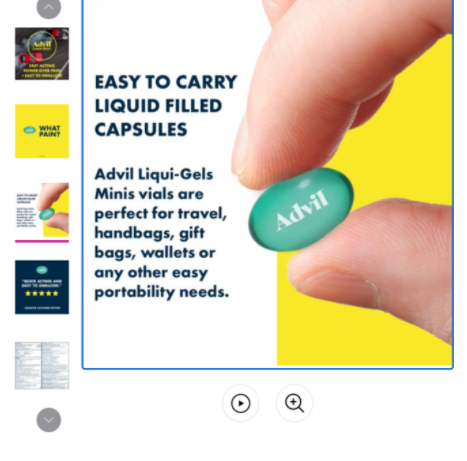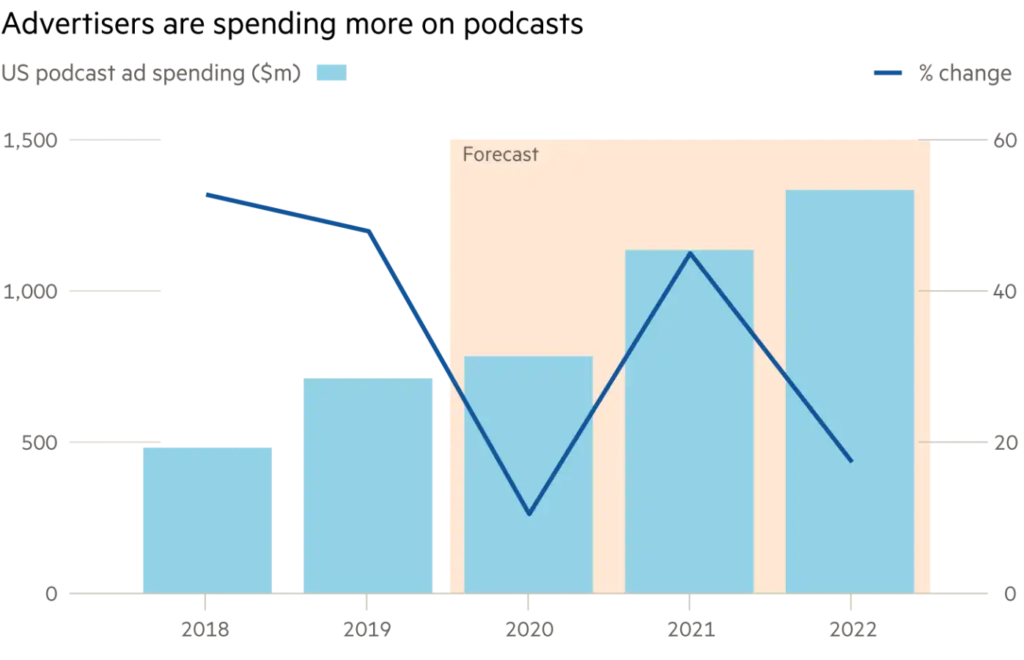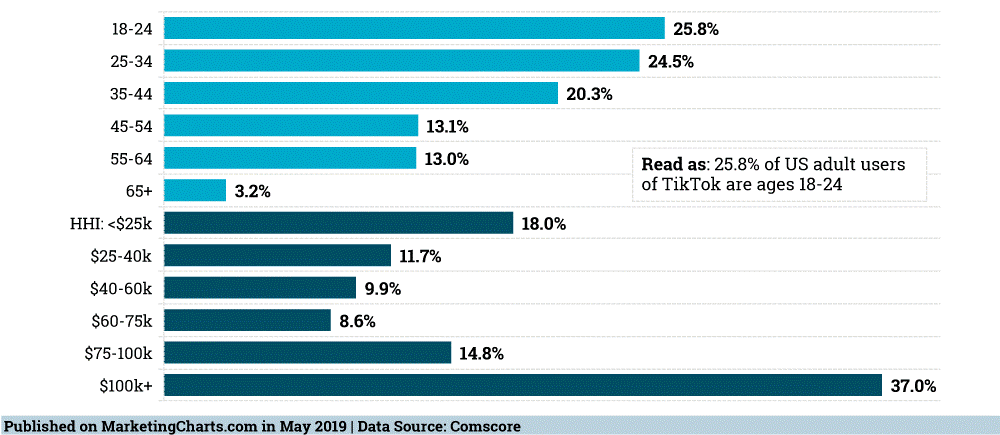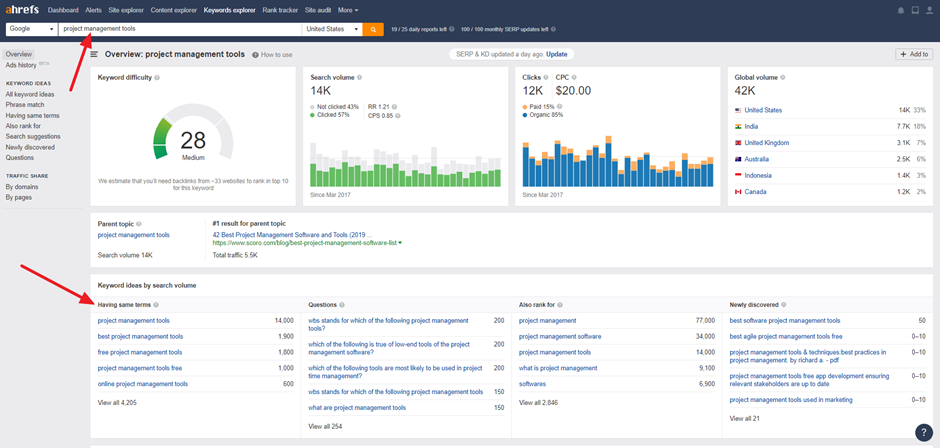It is expected that social media and e-commerce become further intertwined in 2021 as selling continues to be a focus in the digital space and is growing faster than ever. With social media at the forefront of our daily interactions, it’s only sensible that brands push marketing out through these channels to reach the most valuable audiences possible.
What is Native Advertising?
Native advertising is the use of paid ads that match the look, feel, and function of the media format in which they appear. Its design, layout, and content would align with non-advertising content in order to blend in.
It can be seen in nearly every media format: traditional and digital print publications, television, streaming media, social media channels, and even search engine results pages (SERPs). Unlike display ads or banner ads, native ads don’t really look like ads. They look like part of the editorial flow of the page found in social media feeds, or as recommended content on a web page. Therefore, a good native advertisement should be:
- aligned with the parent media.
- delivered to the user in the form of content
- relevant to the audience
- non-disruptive to user experience (UX).
It is important to note that a good native ad is not supposed to be obvious and highly visible like (banner or display ads) or content marketing piece, rather, native ads are bought and displayed on third-party platforms.
What does Native Advertising look like?
Content Recommendations
Recommended articles that appear beneath the article you just read as in the template shown below.
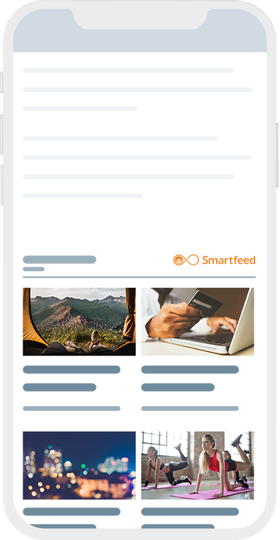
Source: Outbrain
“In Feed” Ads
Ads that appear in your news feed on social networks (i.e. your Facebook or Twitter feed) as shown in the template below.
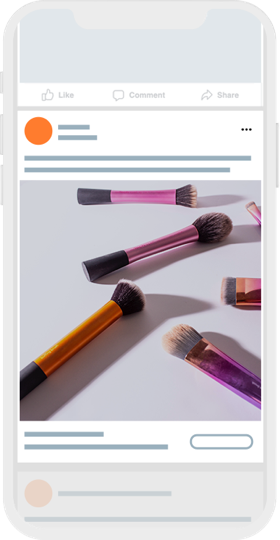
Source: Outbrain
Search & Promoted Listings
Ad listings that appear at the top of your Google search results, or in the sidebar as shown below.
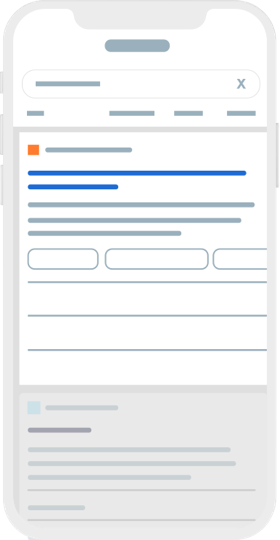
Source: Outbrain
How does native advertising work?
Native advertising works by not being disruptive to the user. Asides from a couple of subtle hints, the user wouldn’t know they were seeing an ad at all.
This makes users much more receptive to the ad’s message than a traditional ad. According to research, 77% of users do not interpret native ads as a form of advertising. As a result, native ads collect 53% more views when compared to traditional advertising and have 40 times the click-through rate than that of classic display ads.
Native advertising is highly effective, and the marketing industry is catching on fast. According to eMarketer, native advertising is the fastest-growing advertising segment, having grown 35% between 2017 and 2018.
What are the Benefits of Native Marketing?
Native advertising has several benefits and distinct advantages over regular display advertising:
- Native advertising is more engaging: There’s no beating content when it comes to connecting with viewers. According to research, 70% of users would rather learn about products through content rather than through traditional ad methods. The more well-researched and relevant a native ad is to the platform’s audience, the more engaging it becomes. Video native ads are the most engaging format by far, and can far outstrip other ad types in performance and ROI.
- Native display ads convert better: These ads do more than just engage users and increase your brand presence–they also convert potential customers. According to AppNexus, native display ads achieve a CTR that is 8 times higher than regular display ads. Native ads have also been found to increase purchase intent by as much as 18 percent.
- Native ads increase trust: Consumers have become understandably more skeptical of advertising after so much exposure online, but native ads can actually build trust. Contently, in their survey, discovered that when a trusted publisher features native advertising for a trustworthy brand, 41% of consumers gain trust in that publisher. To this effect, brands have to be very mindful when creating content, because a poorly executed native ad campaign can have harsher repercussions than simply wasting your ad budget. It can actually erode your image and increase people’s cynicism towards your brand.
- Native advertising works: Consumers look at native ads 53% more than display ads. Native ads create an 18% increase in purchase intent, and the visual engagement with native ads is the same, and even slightly higher, than the original editorial content.
- Native advertising fights ad fatigue: Ad fatigue is what happens when the audience gets bored with seeing ads. After a while, they simply stop paying attention. These ads are brand exposure cloaked in editorial content, so they don’t tire out the audience. As long as the content is relevant and interesting, native advertising engages the audience.
How much does native advertising cost?
CrazyEgg in their research reports that a native advertising campaign can cost anywhere from $10 to around $200,000. The actual cost varies depending on the domain authority of the publication and its reputation. The lower the domain authority and cost, the harder it will be to reach your target audience. But let’s break it down by price structure:
Cost per thousand (CPM)
Native display ads are priced similarly to regular display ads: cost per thousand (CPM). The usual costs for these types of budgets run at about $10-20 per thousand impressions.
Content is usually provided by the publisher, with photos chosen from a stock library or provided by the advertiser. This content isn’t created specifically for the advertiser; rather, it is generic content and sometimes repurposed from the publisher’s old articles.
Custom sponsored content
If you don’t want a generic native ad piece associated with your brand, some publishers offer to produce custom content for you for an additional fee. This custom content can take the form of ebooks, articles, videos, infographics, and more. Also, this custom content is of the same quality and depth as that of any other content in the publication–sometimes better. The Huffington Post even has its own partner studio, which is in charge of creating content for its paid partners.
Examples of Native Advertising
- Forbes: “Should You Accept Your Employer’s Pension Buyout Offer?”

Source: Forbes
This is a particularly good example of native advertising, as while the post is most definitely branded and has an unmistakable angle, the post itself contains some real substance. It outlines the pros and cons of both monthly payment and lump sum pension buyout options, backed up with hard numbers about inflation rates and how accepting a pension buyout offer can affect your tax status.
2. New York Times: Airbnb

This New York Times/T Brand Studio collaboration with Airbnb tells the story of Ellis Island and immigration in New York, by exploring specific family histories through narration, maps, and archival photos. Although subtle, this native ad focuses on aspects of hospitality and homebuilding that newcomers may experience in New York, a well-aligned sentiment for a short-term housing platform like Airbnb.
Conclusion
Native advertising is an essential part of any digital marketing strategy, hence, Statista projected a spend of over $52.75 billion on native digital display advertising by the end of 2020. This number will only grow in 2021 as the pandemic tightens its hold on the world economy and people spend more time online. Display ads will become less effective the more users are exposed, and native ads will inadvertently be the most reliable platform through which brands and their customers interact.

